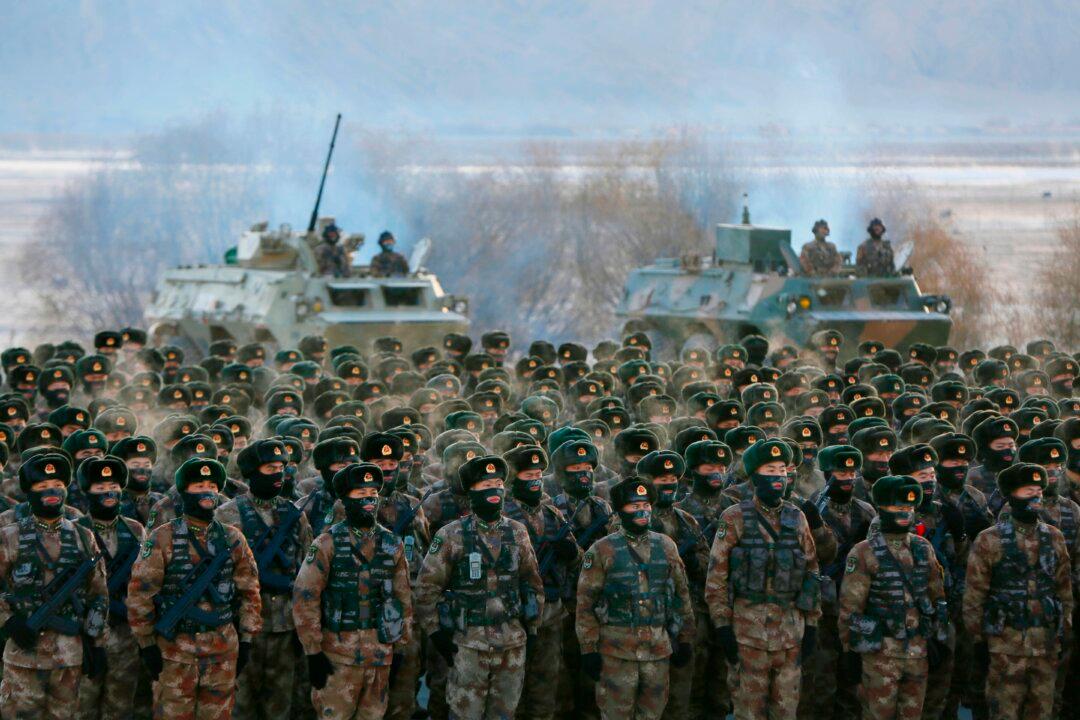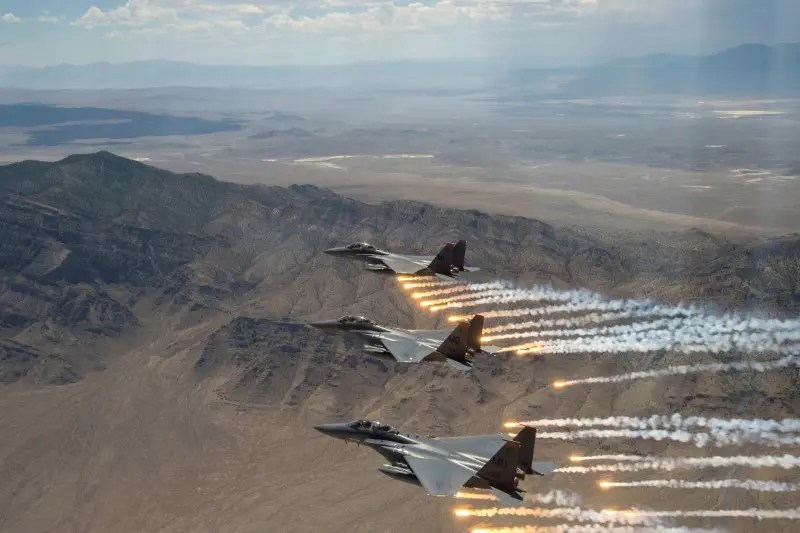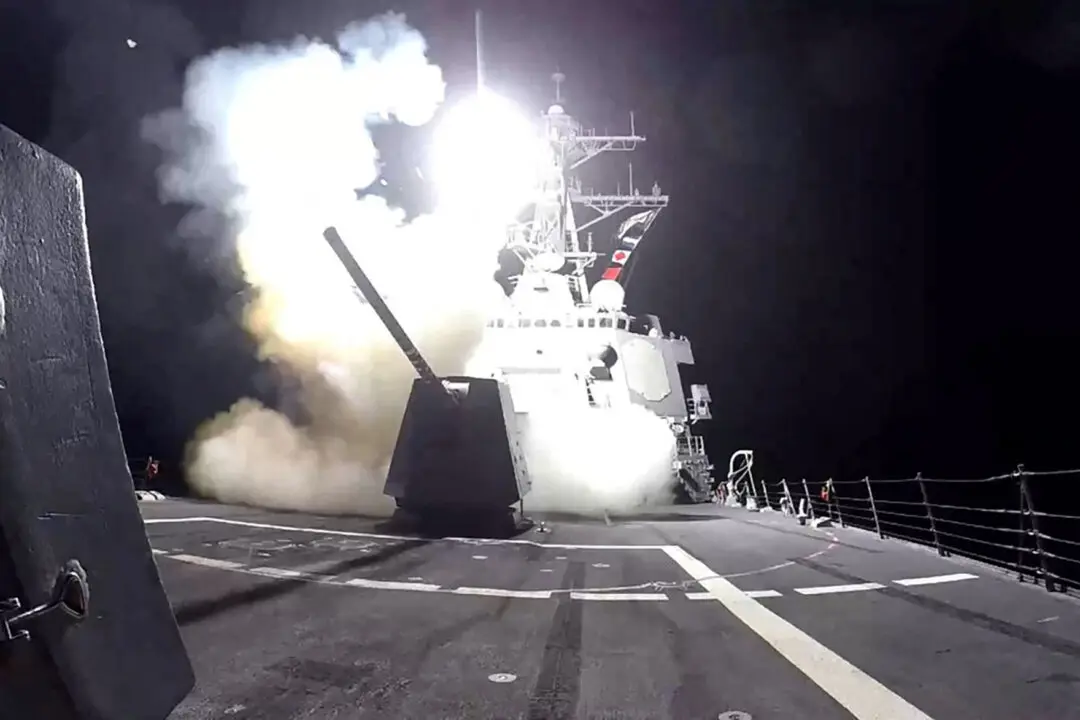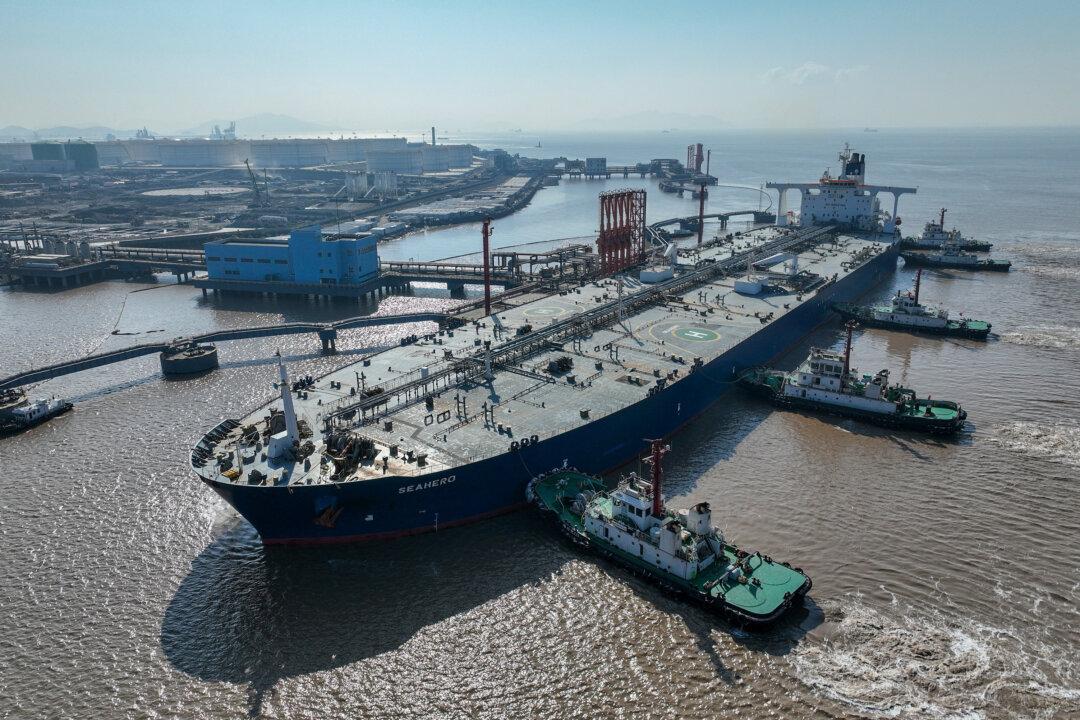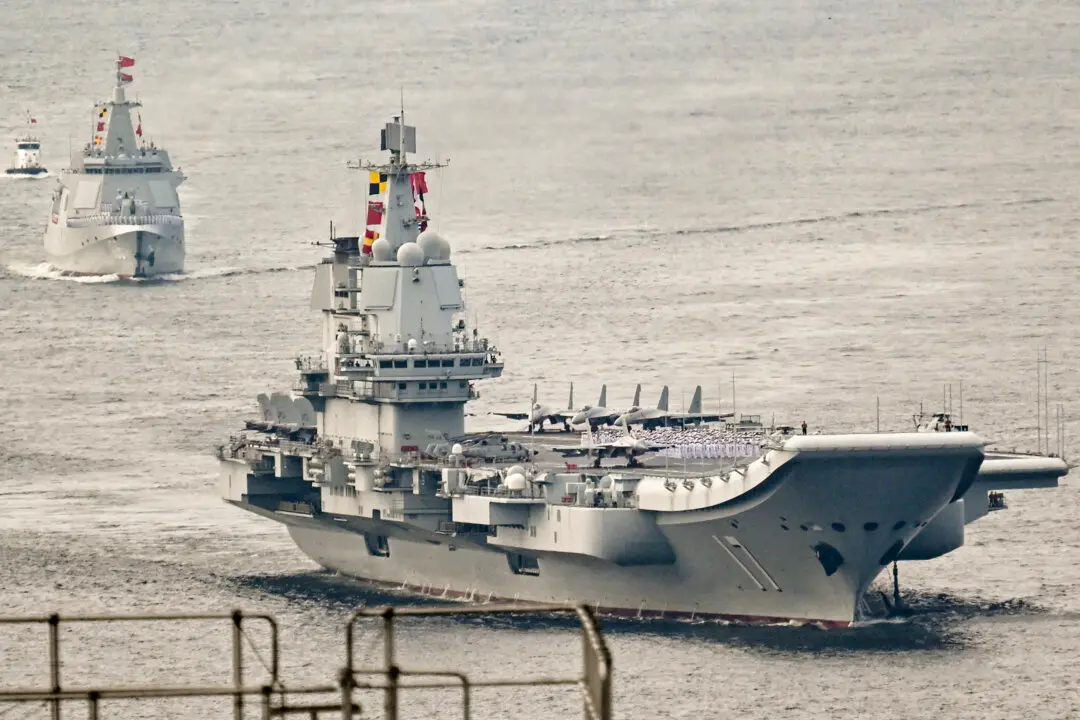The United States cannot be assured of victory in the event of war with China, according to a new report by an influential U.S. congressional advisory body.
The analysis by the U.S.-China Economic and Security Review Commission (USCC) comes amid rising concerns that the United States could be drawn into a war over the future of the self-governed island of Taiwan, which China’s communist regime considers to be a breakaway region.
